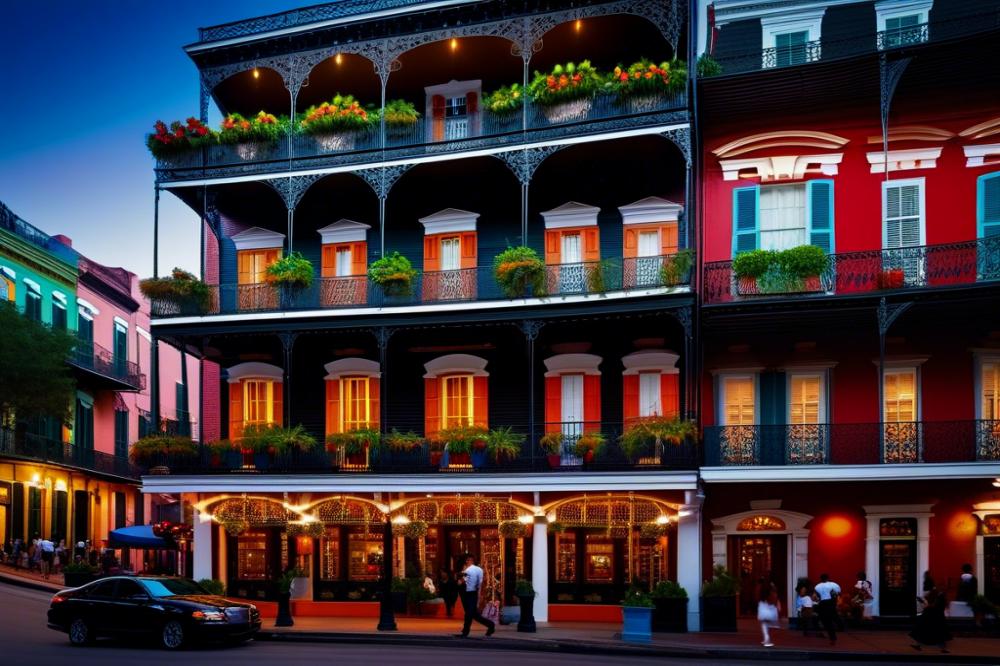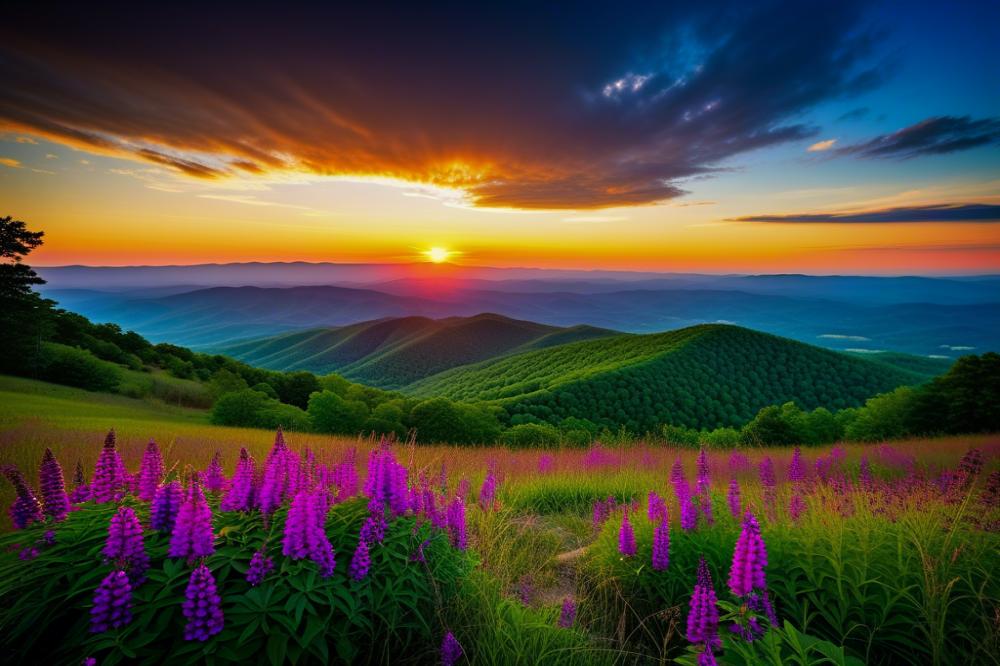Introduction
Chiang Mai stands as a vibrant cultural hub in Thailand. Known for its rich history, this northern city attracts many visitors each year. Local traditions thrive here, bringing people together and promoting community spirit. cultural celebrations play a vital role in maintaining these customs. Festivals are not just events; they are moments when everyone unites. They foster a sense of belonging and pride among locals.
The local calendar bursts with festivities. Each event showcases different aspects of Thai culture. For instance, Songkran marks the Thai New Year with joyous water fights, symbolizing renewal and cleansing. Loy Krathong and Yi Peng take place later in the year, illuminating the sky with lanterns and floating lotus-shaped boats. These experiences captivate both residents and tourists, offering insight into cherished rituals. Temple events often feature monk offerings, while cultural parades highlight traditional dances and music.
Food fairs accompany many of these celebrations, inviting people to indulge in local cuisine. Attendees sample tasty dishes that tell stories of their heritage. As this article unfolds, it will discuss the main Chiang Mai festivals that shape the city and its people’s identities. Each festival contributes uniquely to the cultural tapestry of this enchanting place. Celebrate the spirit of Chiang Mai through these cherished events and discover what makes them special.
Chiang Mai festivals

Chiang Mai is renowned for its vibrant festivals and rich cultural celebrations. Each event highlights the city’s deep-rooted traditions and showcases the warmth of its people. These gatherings draw locals and visitors alike, creating an atmosphere of joy and community connection.
The significance of cultural heritage becomes evident during these occasions. Festivals often involve monk offerings and rituals that have been passed down through generations. Each celebration, whether it involves traditional dances or temple events, plays a role in preserving local customs.
Songkran
One of the most famous festivals in Thailand, Songkran marks the Thai New Year. Each year, the streets fill with water as locals and tourists engage in friendly water fights. People celebrate by cleansing statues of Buddha and visiting temples. This practice reflects the importance of purification and renewal in Thai culture.
Loy Krathong
Another cherished event is Loy Krathong. This festival occurs on the full moon night of the 12th month in the Thai lunar calendar. Participants float beautifully decorated baskets on rivers and ponds as a way to pay respect to the water spirits. It symbolizes letting go of past misfortunes while wishing for good luck in the future.
Yi Peng
Following closely is Yi Peng, celebrated alongside Loy Krathong in Chiang Mai. Sky lanterns illuminate the night sky, creating a breathtaking scene. People release lanterns, representing their hopes and dreams. This enchanting event links back to the local traditions of lighting the way for good fortune.
Each of these festivals brings a taste of cultural parades and lively food fairs. Visitors can indulge in traditional dishes while enjoying the sights and sounds around them. Chiang Mai’s festivals truly encapsulate the spirit of Thai culture, making them unforgettable experiences. The continuous celebration of these events holds great meaning for many people in the community.
Songkran: The Thai New Year

Songkran marks the celebration of the Thai New Year, which usually takes place from April 13 to April 15, though festivities may extend beyond those dates. This significant event symbolizes renewal and purification. Families prepare in advance for this joyous occasion, which attracts both locals and visitors alike.
Water Fights and Festival Activities
One of the most exciting aspects of Songkran is the water fights. Streets transform into playgrounds as people splash water at each other using buckets, water balloons, and hoses. This fun activity not only cools everyone off in the sweltering heat but also represents cleansing and the washing away of misfortunes. Here, laughter and play are infectious, drawing crowds into a carefree atmosphere.
Monk Offerings and Religious Practices
Monk offerings play an essential role during Songkran. Many people visit temples to present food and other donations to monks. By doing so, they seek blessings for the new year. Rituals include pouring sacred water over Buddha statues, a practice believed to bring good luck. Temple events often feature traditional dances, which highlight Thailand’s rich culture and history.
Community Involvement and Local Traditions
Community bonding is at the heart of this festival. Townspeople frequently share meals and engage in cultural parades. Local traditions are woven deeply into the fabric of Songkran. Each neighborhood boasts its own unique way of celebrating. Notably, Chiang Mai also has nearby festivities like Loy Krathong and Yi Peng, enhancing the festive spirit in the city. Food fairs abound during this time, allowing visitors to taste delicious Thai cuisine.
Loy Krathong and Yi Peng: Festivals of Light

Loy Krathong is a vibrant festival celebrated across Thailand, usually in November. The name translates to “floating a basket,” which symbolizes letting go of misfortunes. During this night, people float beautifully decorated containers made from banana leaves into rivers and lakes. Many also light candles and incense sticks, wishing for peace and good fortune. The festival honors the goddess of water, Phra Mae Khongkha, and reflects gratitude for water’s vital role in life.
Yi Peng complements Loy Krathong with its stunning display of sky lanterns. As the skies fill with glowing lanterns, it creates a breathtaking sight. Participants release these lanterns, known as khom loy, into the night. Each lantern carries wishes and hopes for the future. The two festivals together create a mesmerizing atmosphere that captures both the tradition and beauty of Thai culture.
Temple events play an essential role during these festivities. Many temples in Chiang Mai host activities that attract crowds. Traditional dances, such as the graceful Ram Wong, showcase cultural heritage. Devotees often make monk offerings, which reflect local traditions and beliefs. This spiritual aspect adds depth to the celebration, reminding everyone of its roots.
Cultural parades brighten the streets with color and excitement. Artists display their craftsmanship through elaborate decorations and costumes. Food fairs entice visitors with delightful treats. Stalls offer everything from sweet desserts to savory dishes, ensuring there is something for everyone. Local musicians often perform, filling the air with vibrant sounds that enhance the festival spirit.
Local Traditions and Unique Celebrations
Chiang Mai is home to several lesser-known festivals that highlight the rich cultural tapestry of the region. One such event is the Tazaungdaing Festival. This festival celebrates the end of the rainy season and features colorful parades and traditional dances. Throughout the year, various neighborhoods celebrate their own customs, adding to the vibrant community spirit.
Food fairs play a significant role in many of these cultural events. They bring together street vendors, local chefs, and home cooks. Visitors can taste delicious dishes that reflect the local flavors. During Songkran, known as the Thai New Year, communities organize feasts where traditional meals are served. This festival also includes water fights, making it a lively occasion for everyone.
The Role of Local Artisans
Artisans contribute greatly to the festivals by showcasing their crafts. Through their work, they tell stories of tradition and culture. Pottery, weaving, and wood carving are just a few examples of the crafts displayed. Many artisans participate in temple events, where their artwork is often part of the ceremonies.
Customs and Practices
Each community has its distinct customs that enhance the celebrations. During Loy Krathong, people create beautiful floating baskets adorned with flowers and candles. This practice symbolizes letting go of negativity and welcoming positive energy. Yi Peng is another enchanting festival where thousands of lanterns are released into the sky. Both events create a magical atmosphere, attracting many visitors. Monk offerings vary, with individuals bringing food and other gifts to temples. This act not only supports the monks but also reflects the deep respect for the Buddhist tradition.
Impact of Festivals on Tourism and Local Economy
The importance of festivals in promoting tourism in Chiang Mai
Festivals play a vital role in attracting visitors to Chiang Mai. Events like Songkran and Loy Krathong draw crowds from all over the world. Tourists flock to witness the colorful celebrations and unique traditions. These festivities provide an opportunity for travelers to experience local culture firsthand. The enchanting atmosphere created by cultural parades and temple events leaves lasting impressions. This influx of visitors can significantly boost the city’s economy.
Economic benefits for local businesses and artisans during festivals
Local businesses experience a surge in sales during festival season. Street vendors, restaurants, and shops benefit greatly from increased foot traffic. Artisans showcase their crafts during these events, gaining exposure and making sales. Food fairs featuring traditional delicacies attract even more people. As visitors indulge, money flows into the hands of those who rely on these celebrations.
Tourism management and preserving cultural authenticity
Balancing tourism and cultural preservation is essential. As the number of visitors rises, so does the need for careful management. Authorities strive to maintain the authenticity of local traditions while accommodating tourists. Efforts are made to educate visitors about practices such as monk offerings and traditional dances. By promoting respectful participation, the community hopes to showcase true cultural heritage. This approach is crucial for future generations to enjoy the same experiences.
Embracing Chiang Mai’s Cultural Celebrations
Festivals in Chiang Mai offer a window into the rich tapestry of Thai culture and traditions. Experiences like Songkran and Loy Krathong highlight the city’s vibrant spirit and community bonds. Many locals and visitors come together during these events, showcasing the importance of social connections and shared heritage.
Participation in these celebrations is more than just an act of enjoyment. Engaging in the water fights of Songkran or releasing beautifully adorned krathongs into the rivers during Loy Krathong deepens one’s understanding of Thai customs. Residents extend their hospitality, welcoming travelers to partake in these joyous occasions. The sights, sounds, and flavors during these times create memories that last a lifetime.
Chiang Mai is not just a destination; it is a journey into the heart of northern Thailand’s cultural essence. Visitors to this enchanting city discover a place where every festival is a lesson in history, community, and joy. As holiday adventures await, one can find excitement in learning and engaging with local traditions. Embracing these opportunities makes every trip to Chiang Mai not just a getaway but a meaningful cultural adventure.



